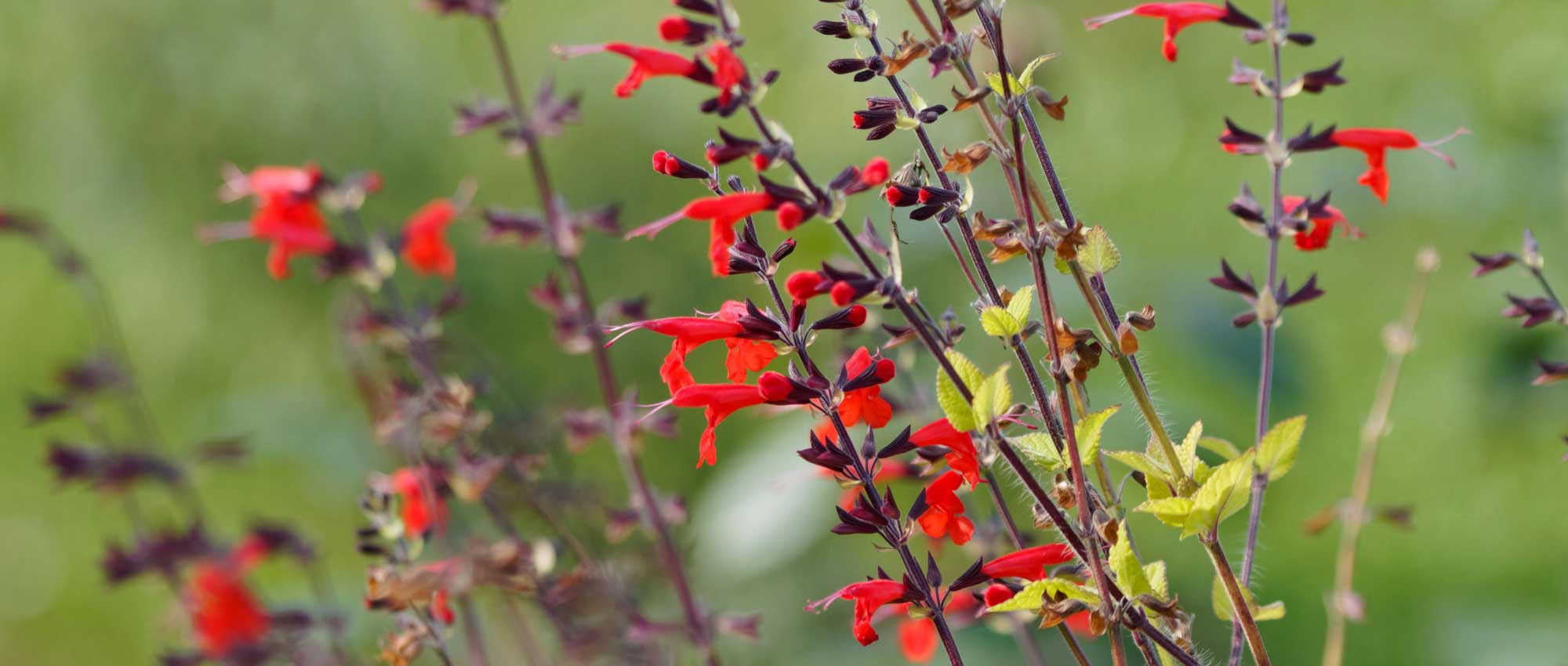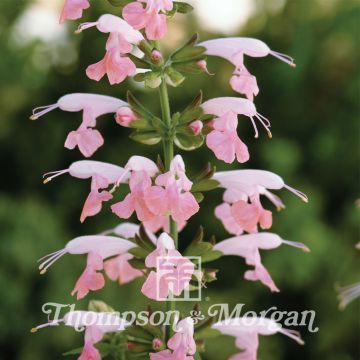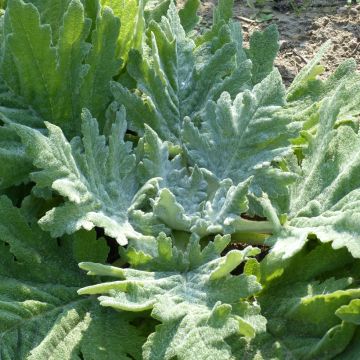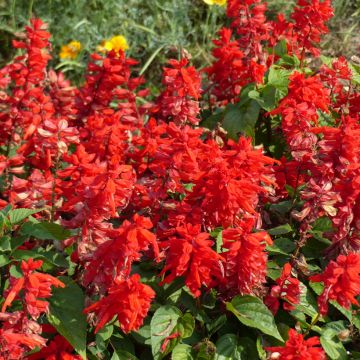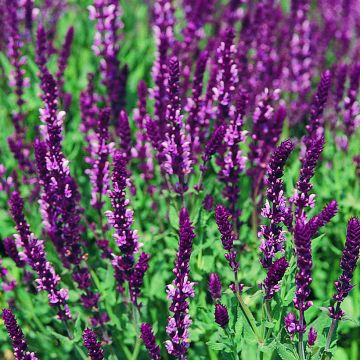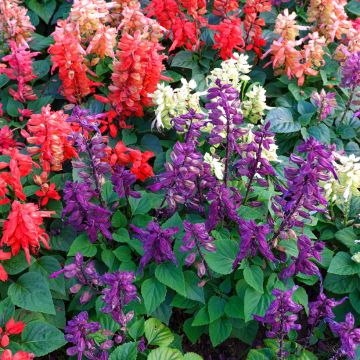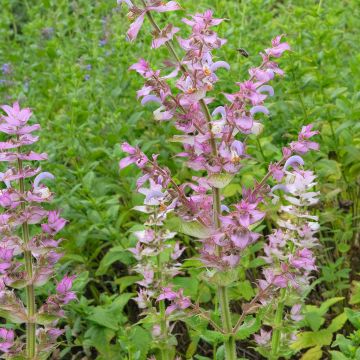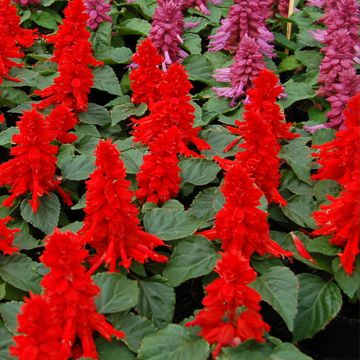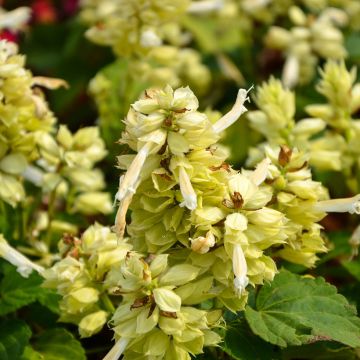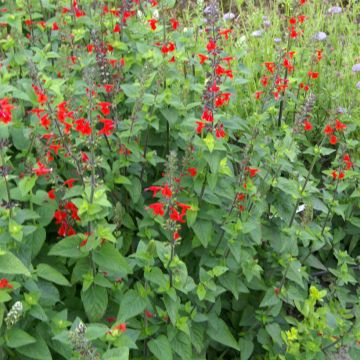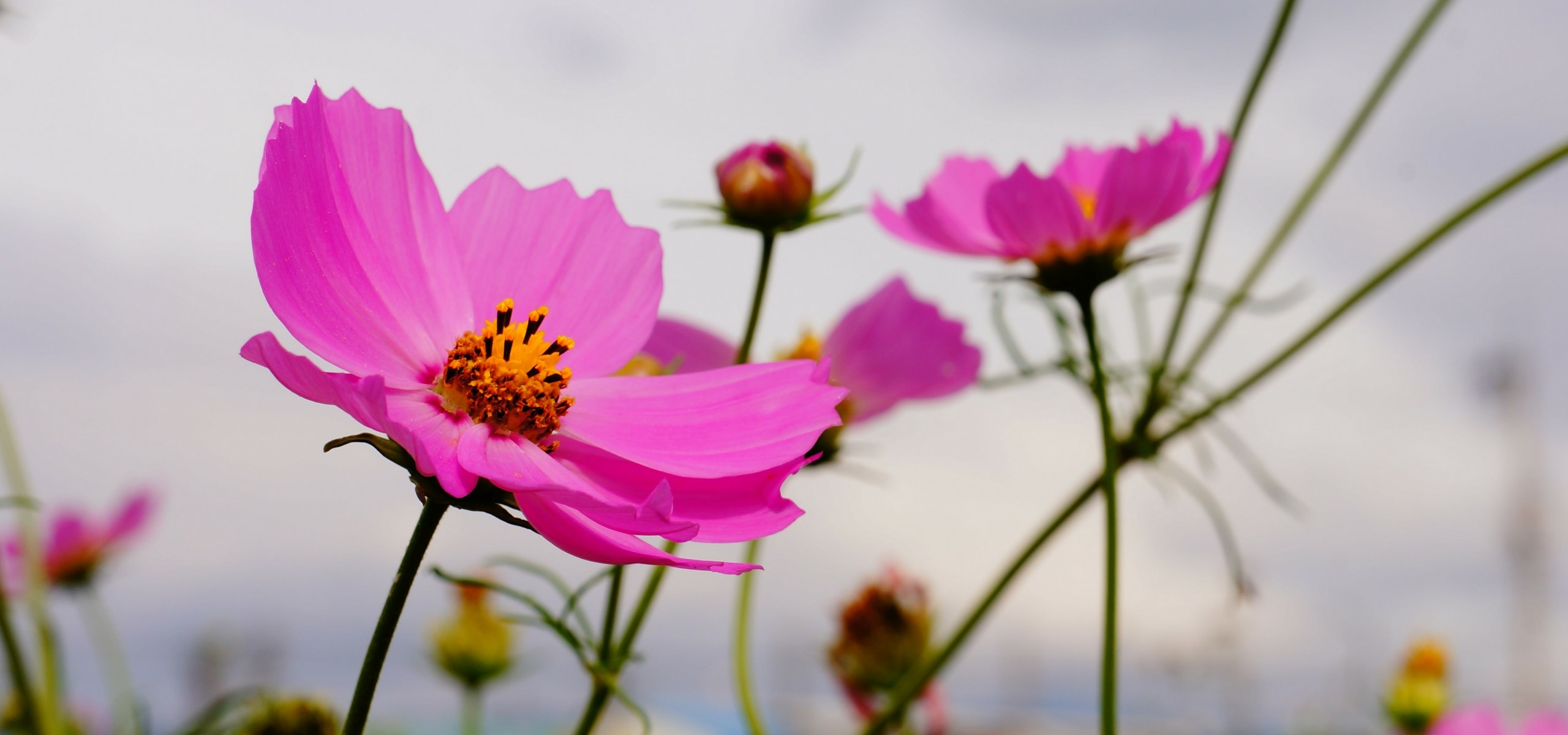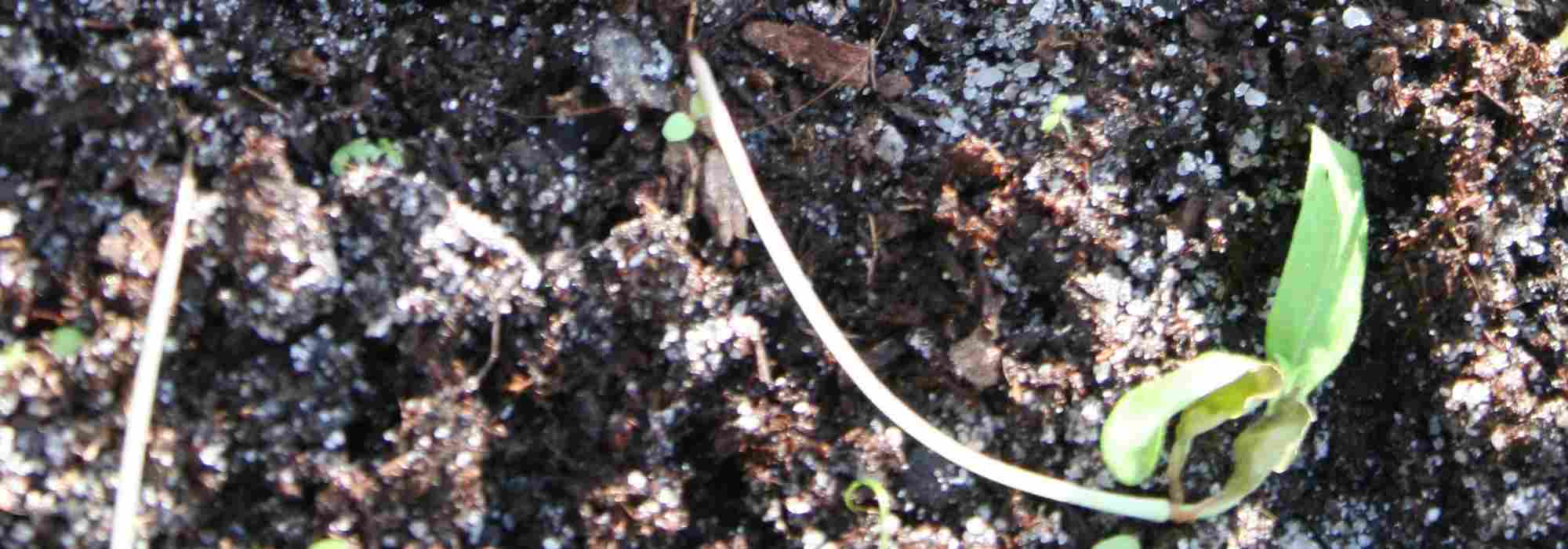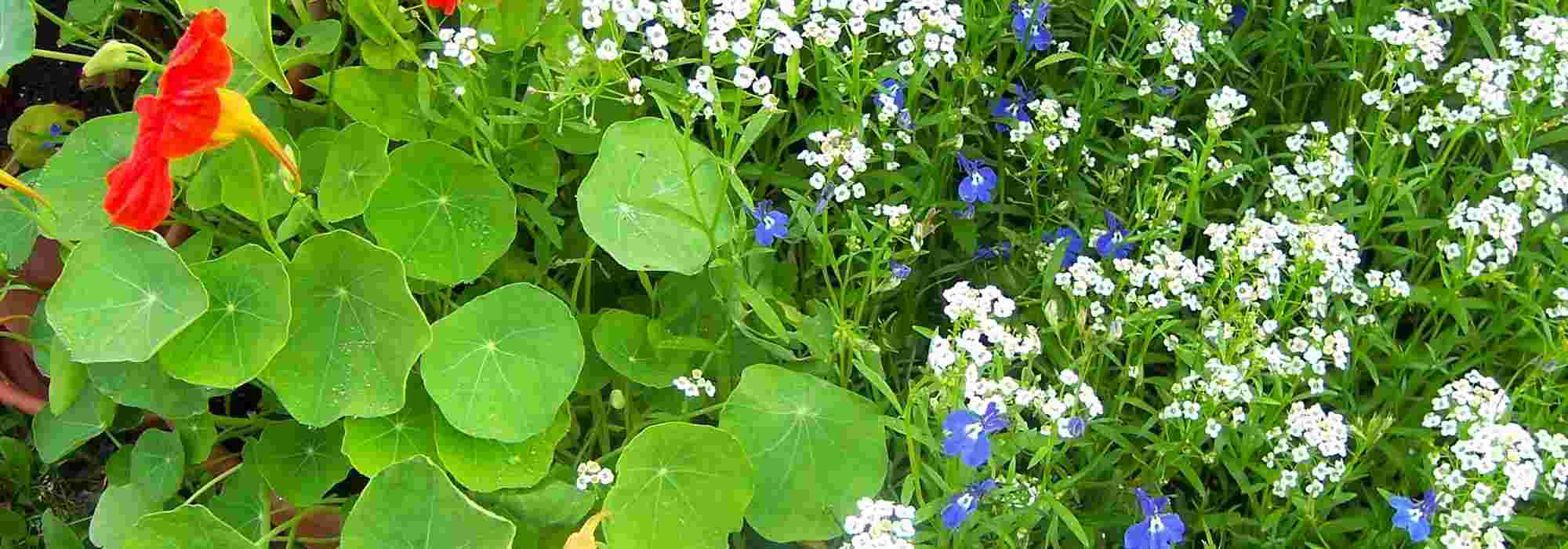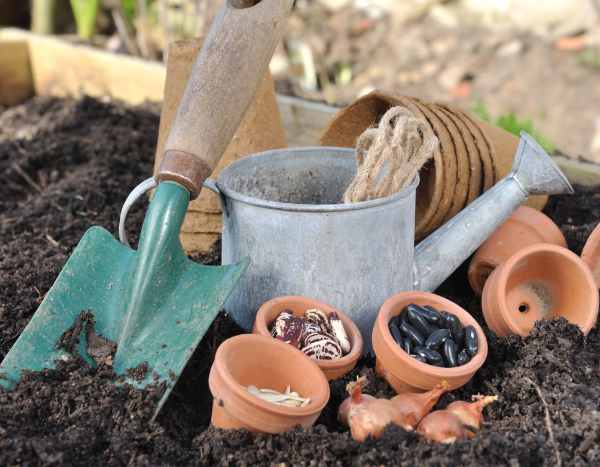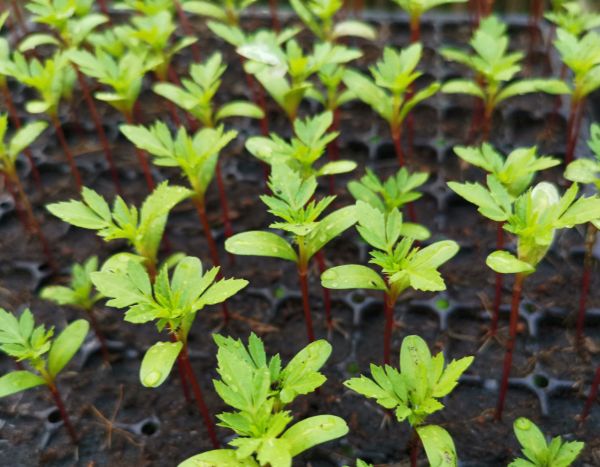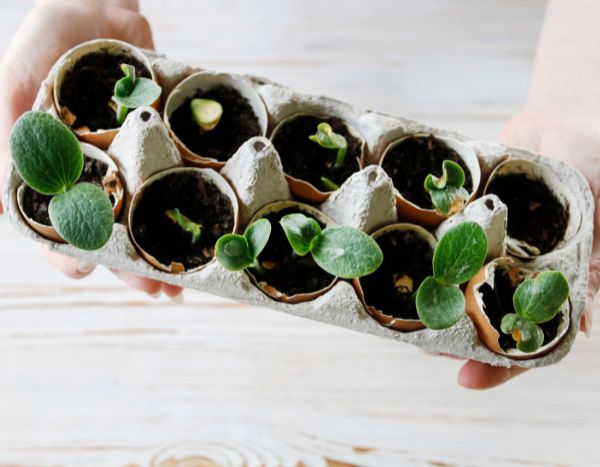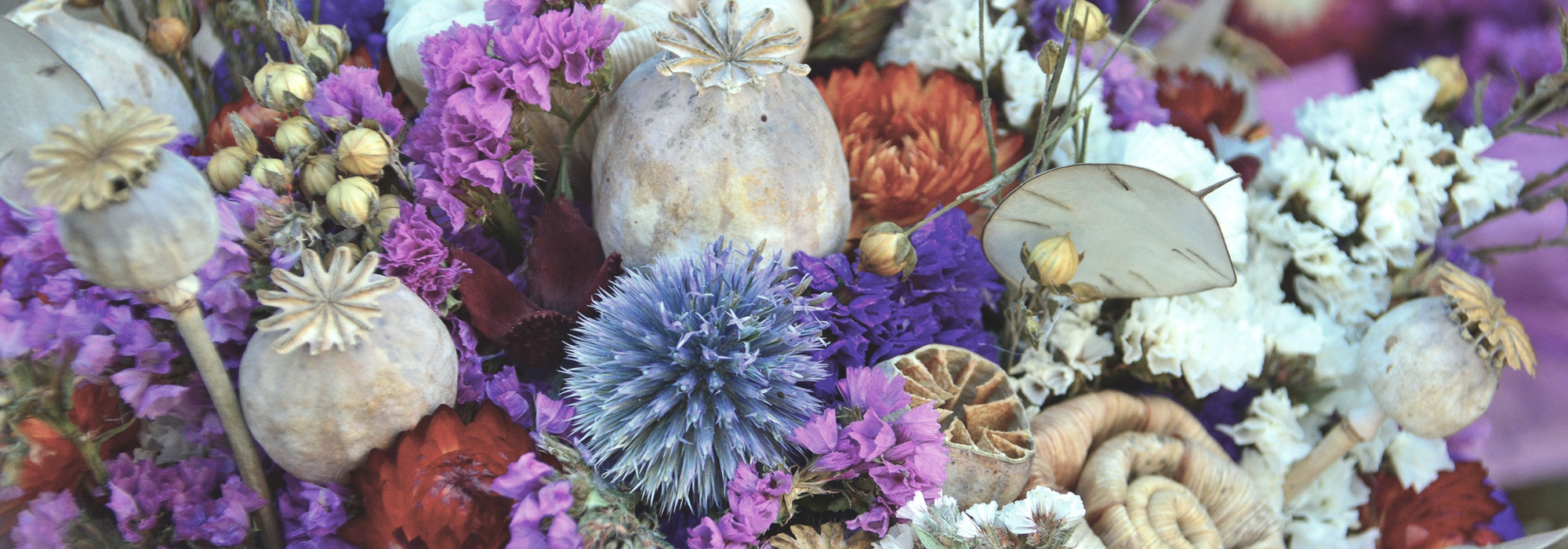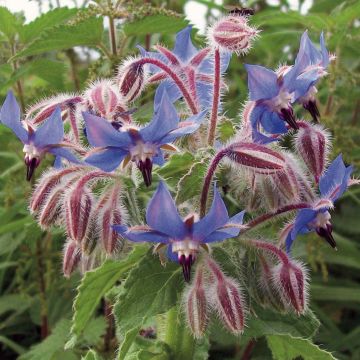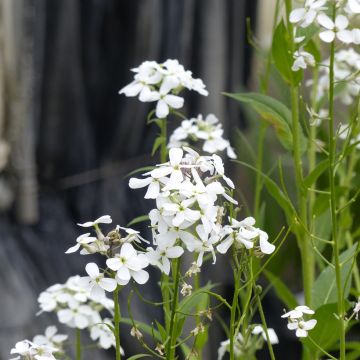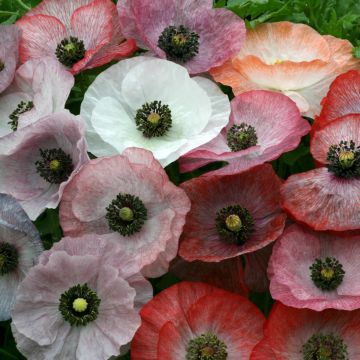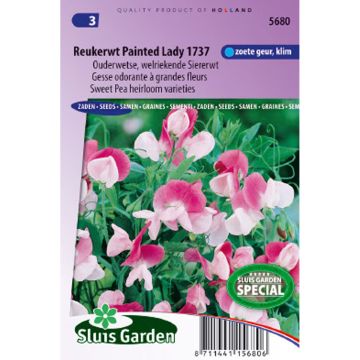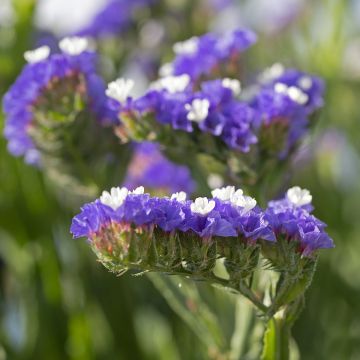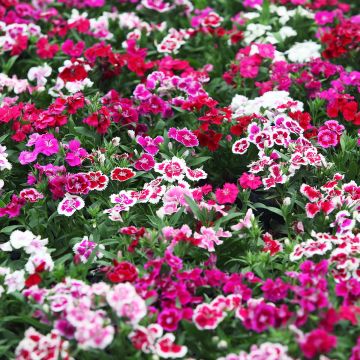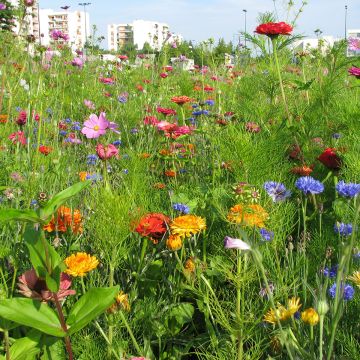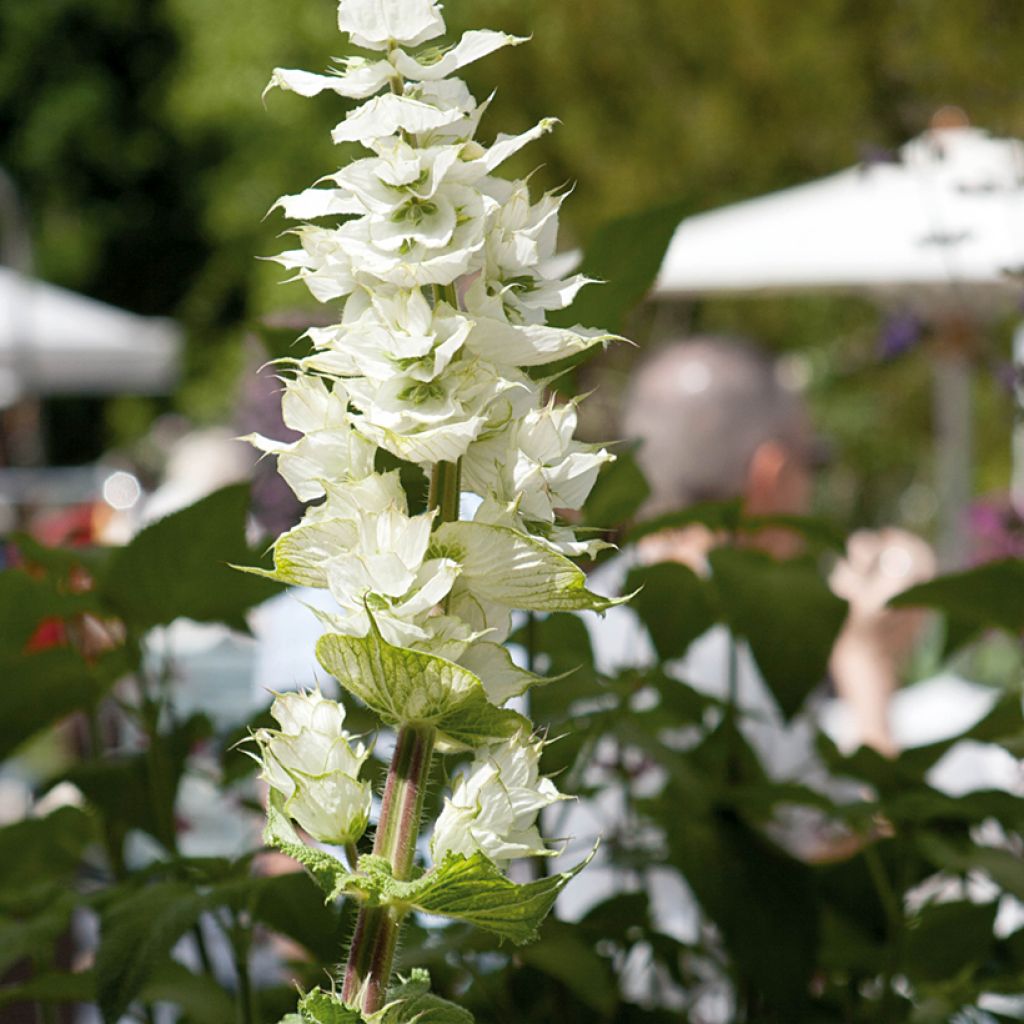

Clary Sage Vatican White seeds - Salvia sclarea
Clary Sage Vatican White seeds - Salvia sclarea
Salvia sclarea Vatican White
Turkestan Clary, Clary sage, Clear eye, Eyebright, Clary wort, See-bright
Special offer!
Receive a €20 voucher for any order over €90 (excluding delivery costs, credit notes, and plastic-free options)!
1- Add your favorite plants to your cart.
2- Once you have reached €90, confirm your order (you can even choose the delivery date!).
3- As soon as your order is shipped, you will receive an email containing your voucher code, valid for 3 months (90 days).
Your voucher is unique and can only be used once, for any order with a minimum value of €20, excluding delivery costs.
Can be combined with other current offers, non-divisible and non-refundable.
Home or relay delivery (depending on size and destination)
Schedule delivery date,
and select date in basket
This plant carries a 6 months recovery warranty
More information
We guarantee the quality of our plants for a full growing cycle, and will replace at our expense any plant that fails to recover under normal climatic and planting conditions.
Would this plant suit my garden?
Set up your Plantfit profile →
Description
The Vatican White Clary Sage (Salvia sclarea) is a spectacular variety, with its large white inflorescences illuminating the garden in summer. This hardy and robust, biennial plant makes a big impact in borders and dry gardens. It is also valued for its aromatic and medicinal properties. Dought-tolerant and nectar-rich, this highly fragrant sage will delight gardeners looking for both decorative and useful plants. It readily self-seeds in the garden.
The clary sage, Salvia sclarea, belongs to the Lamiaceae family. It is a species native to the Mediterranean basin and Western Asia. In nature, it is found in rocky, well-drained soils, often on sunny slopes. The 'Vatican White' variety is remarkable for its large inflorescences adorned with large pearly white bracts. They create a beautiful contrast with its green foliage. Its leaves are fuzzy and toothed at the edges. The robust, branched floral stems can reach a height of 1.20 m and have a quadrangular section. The upright flower spikes, appear between May and August, depending on the climate. Although the plant is biennial, it readily self-seeds under favourable conditions. Allowing it to go to seed may lead to its death. To prolong its life a little, and prevent it from self-seeding everywhere, simply remove the faded inflorescences.
In Upper Provence where it is cultivated for essential oil production, clary sage escapes from cultivation. Its tall inflorescences can be seen emerging among lavandins. This scene can easily be recreated in the garden. Pair this 'Vatican White' variety with common sages, shrubby wormwood 'Powis Castle', and the vibrant blooms of bushy salvias (Salvia microphylla). This spectacular plant will also complement the flowering of old roses. If allowed to self-seed, it will quickly fill all empty spaces in borders. The leaves of clary sage can be safely used to flavour soups, meats, game, etc.
Long renowned for its medicinal properties, which earned it the name "all-good", clary sage is currently grown on a large scale in Provence for its essential oil used in phytotherapy and perfumery.
Flowering
Foliage
Plant habit
Botanical data
Salvia
sclarea
Vatican White
Lamiaceae
Turkestan Clary, Clary sage, Clear eye, Eyebright, Clary wort, See-bright
Salvia sclarea 'Alba'
Cultivar or hybrid
Other Salvia seeds
View all →Planting and care
Sowing in Spring: Sow in March-April, in fine substrate, composed of soil and sand or fine gravel, at a depth of 0.3 cm. The seeds should be placed under shelter at 20 °C. Then transplant the seedlings into individual pots. Plant out the young plants in the ground when they reach 10 centimetres, between May and June. To ensure each plant can thrive properly, a spacing of 0.5 m between each one must be respected. Water regularly.
Sowing in Autumn: preferable in a warm Mediterranean climate, allows for rapid flowering. Sow directly in light soil in September-October.
Sowing period
Intended location
Planting & care advice
This item has not been reviewed yet - be the first to leave a review about it.
Similar products
Haven't found what you were looking for?
Hardiness is the lowest winter temperature a plant can endure without suffering serious damage or even dying. However, hardiness is affected by location (a sheltered area, such as a patio), protection (winter cover) and soil type (hardiness is improved by well-drained soil).

Photo Sharing Terms & Conditions
In order to encourage gardeners to interact and share their experiences, Promesse de fleurs offers various media enabling content to be uploaded onto its Site - in particular via the ‘Photo sharing’ module.
The User agrees to refrain from:
- Posting any content that is illegal, prejudicial, insulting, racist, inciteful to hatred, revisionist, contrary to public decency, that infringes on privacy or on the privacy rights of third parties, in particular the publicity rights of persons and goods, intellectual property rights, or the right to privacy.
- Submitting content on behalf of a third party;
- Impersonate the identity of a third party and/or publish any personal information about a third party;
In general, the User undertakes to refrain from any unethical behaviour.
All Content (in particular text, comments, files, images, photos, videos, creative works, etc.), which may be subject to property or intellectual property rights, image or other private rights, shall remain the property of the User, subject to the limited rights granted by the terms of the licence granted by Promesse de fleurs as stated below. Users are at liberty to publish or not to publish such Content on the Site, notably via the ‘Photo Sharing’ facility, and accept that this Content shall be made public and freely accessible, notably on the Internet.
Users further acknowledge, undertake to have ,and guarantee that they hold all necessary rights and permissions to publish such material on the Site, in particular with regard to the legislation in force pertaining to any privacy, property, intellectual property, image, or contractual rights, or rights of any other nature. By publishing such Content on the Site, Users acknowledge accepting full liability as publishers of the Content within the meaning of the law, and grant Promesse de fleurs, free of charge, an inclusive, worldwide licence for the said Content for the entire duration of its publication, including all reproduction, representation, up/downloading, displaying, performing, transmission, and storage rights.
Users also grant permission for their name to be linked to the Content and accept that this link may not always be made available.
By engaging in posting material, Users consent to their Content becoming automatically accessible on the Internet, in particular on other sites and/or blogs and/or web pages of the Promesse de fleurs site, including in particular social pages and the Promesse de fleurs catalogue.
Users may secure the removal of entrusted content free of charge by issuing a simple request via our contact form.
The flowering period indicated on our website applies to countries and regions located in USDA zone 8 (France, the United Kingdom, Ireland, the Netherlands, etc.)
It will vary according to where you live:
- In zones 9 to 10 (Italy, Spain, Greece, etc.), flowering will occur about 2 to 4 weeks earlier.
- In zones 6 to 7 (Germany, Poland, Slovenia, and lower mountainous regions), flowering will be delayed by 2 to 3 weeks.
- In zone 5 (Central Europe, Scandinavia), blooming will be delayed by 3 to 5 weeks.
In temperate climates, pruning of spring-flowering shrubs (forsythia, spireas, etc.) should be done just after flowering.
Pruning of summer-flowering shrubs (Indian Lilac, Perovskia, etc.) can be done in winter or spring.
In cold regions as well as with frost-sensitive plants, avoid pruning too early when severe frosts may still occur.
The planting period indicated on our website applies to countries and regions located in USDA zone 8 (France, United Kingdom, Ireland, Netherlands).
It will vary according to where you live:
- In Mediterranean zones (Marseille, Madrid, Milan, etc.), autumn and winter are the best planting periods.
- In continental zones (Strasbourg, Munich, Vienna, etc.), delay planting by 2 to 3 weeks in spring and bring it forward by 2 to 4 weeks in autumn.
- In mountainous regions (the Alps, Pyrenees, Carpathians, etc.), it is best to plant in late spring (May-June) or late summer (August-September).
The harvesting period indicated on our website applies to countries and regions in USDA zone 8 (France, England, Ireland, the Netherlands).
In colder areas (Scandinavia, Poland, Austria...) fruit and vegetable harvests are likely to be delayed by 3-4 weeks.
In warmer areas (Italy, Spain, Greece, etc.), harvesting will probably take place earlier, depending on weather conditions.
The sowing periods indicated on our website apply to countries and regions within USDA Zone 8 (France, UK, Ireland, Netherlands).
In colder areas (Scandinavia, Poland, Austria...), delay any outdoor sowing by 3-4 weeks, or sow under glass.
In warmer climes (Italy, Spain, Greece, etc.), bring outdoor sowing forward by a few weeks.






























